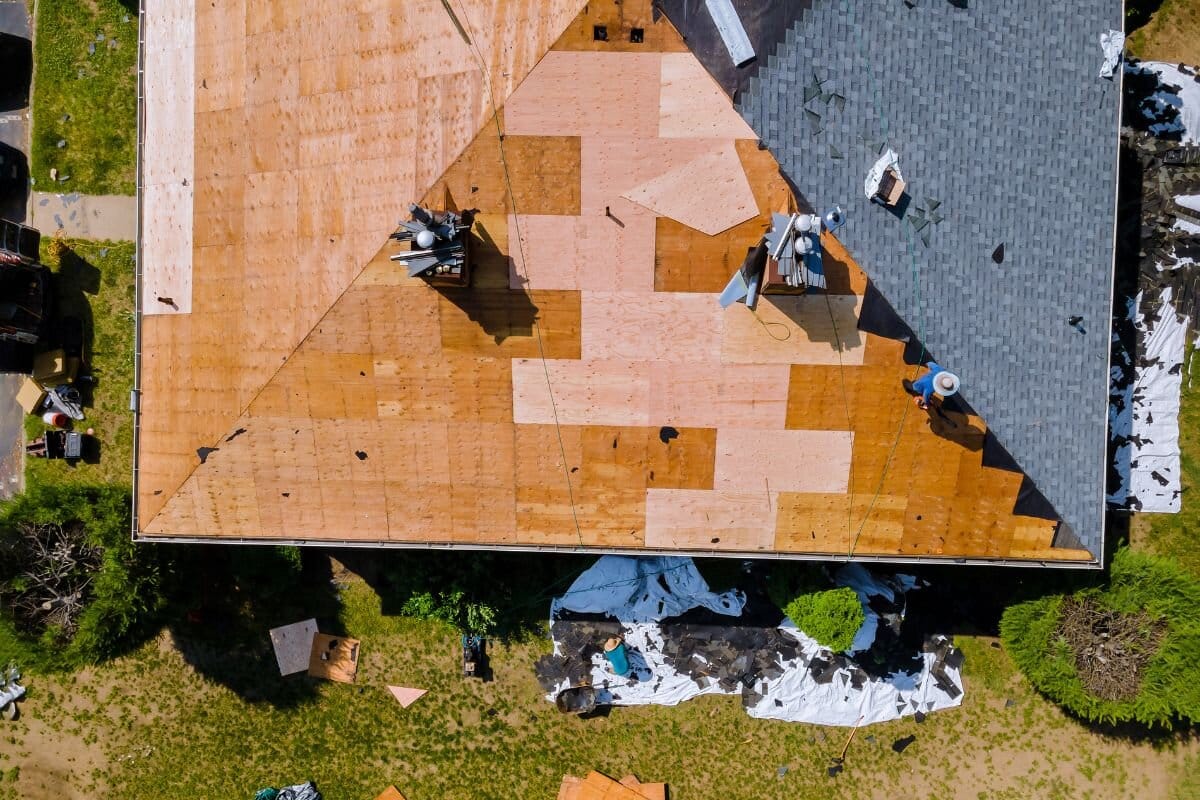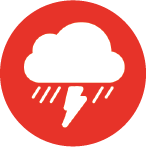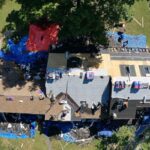What Does Wind Damage Look Like on a Roof?
It’s not uncommon for homeowners to be unable to answer the question: What does wind damage look like on a roof? If you’re unsure you could spot wind damage when you’re looking at it, this article is for you.
Knowing how to spot wind damage, and understanding how serious wind damage can be are both critical for keeping your roof in good condition and making sure you know when it’s time to get an inspection.
If you want to keep your roof in good condition, you’re in the right place!
How Serious Is Wind Damage
Wind damage on your roof can be a big problem. Not only can the wind damage itself cause issues, but it’s also likely to leave your roof vulnerable to other kinds of damage.
Plus, the high winds that cause damage to most roofing tend to also come with an increased likelihood of storms and other kinds of damaging weather. So, a little bit of wind damage can quickly turn into a much bigger problem if you don’t intervene in the issue relatively early.
That’s why it’s critical to know what wind damage looks like on a roof – so you know when it’s time to get a repair.
All roof damage is potentially serious. If you’re having roof problems but it doesn’t look like wind damage, you might be suffering from some Common Winter Roofing Issues.
What Does Wind Damage Look Like On A Roof?
There are a lot of potential signs of wind damage on most kinds of roofing. Some roofs, like metal and tile or ceramic roofs, are less prone to wind damage. That said, you shouldn’t ever rule out of the possibility of damage after a wind storm.
Here are some common types of wind damage you might see on your roof:
- Loose or Missing Shingles: On a shingle or shake roof, the most common sign of wind damage is loose and missing shingles. If the wind manages to catch the underside of a shingle it can easily rip the shingle off of the roof.
- Granule Loss: Most roofing shingles today are covered in a protective coating of granules that both increase their effectiveness and provide color and texture. The granules naturally fall off over time, but wind events can strip the granules off your shingles, even if it doesn’t lift the shingles themselves.
- Curling and Peeling Shingles: Another common sign of wind damage happens when the shingle is securely attached to the roof, but the edges are starting to lift. During high winds, those edges can lift and curl, which means it’s time to replace those shingles. Depending on how extensive the damage is, and if you’ve already had one roof repair, you might need to replace your roofing.
There are other signs of damage, including dark spots, dents or ripples in your roof, and more. However, those three signs of wind damage are some of the most common, and also the first signs of damage you are likely to notice.
Why You Need To Know What Wind Damage Looks Like On A Roof
Spotting wind damage early can help avoid more costly repairs. It’s easy for a wind storm to leave you vulnerable to leaks and other damage in your next thunderstorm, for instance.
Spotting the damage early can also make the potential repairs less expensive since the damage is likely to be less serious.
How Common Is Wind Damage?
wind damage is incredibly common, and a certain percentage of homes will suffer wind damage to their roofs every single year.
Fortunately, the early stages of wind damage usually aren’t that serious, and repairs are easier when you catch the problem early.
Looking For Wind Damage Repairs?
I knowing what wind damage looks like has told you that your roof has some, we can help. Contact Rapid Roofing today for a complimentary inspection of your roof and recommendations for repairs or replacement.


 Residential Roofing
Residential Roofing Storm Damage
Storm Damage Multi-Family Homes
Multi-Family Homes
